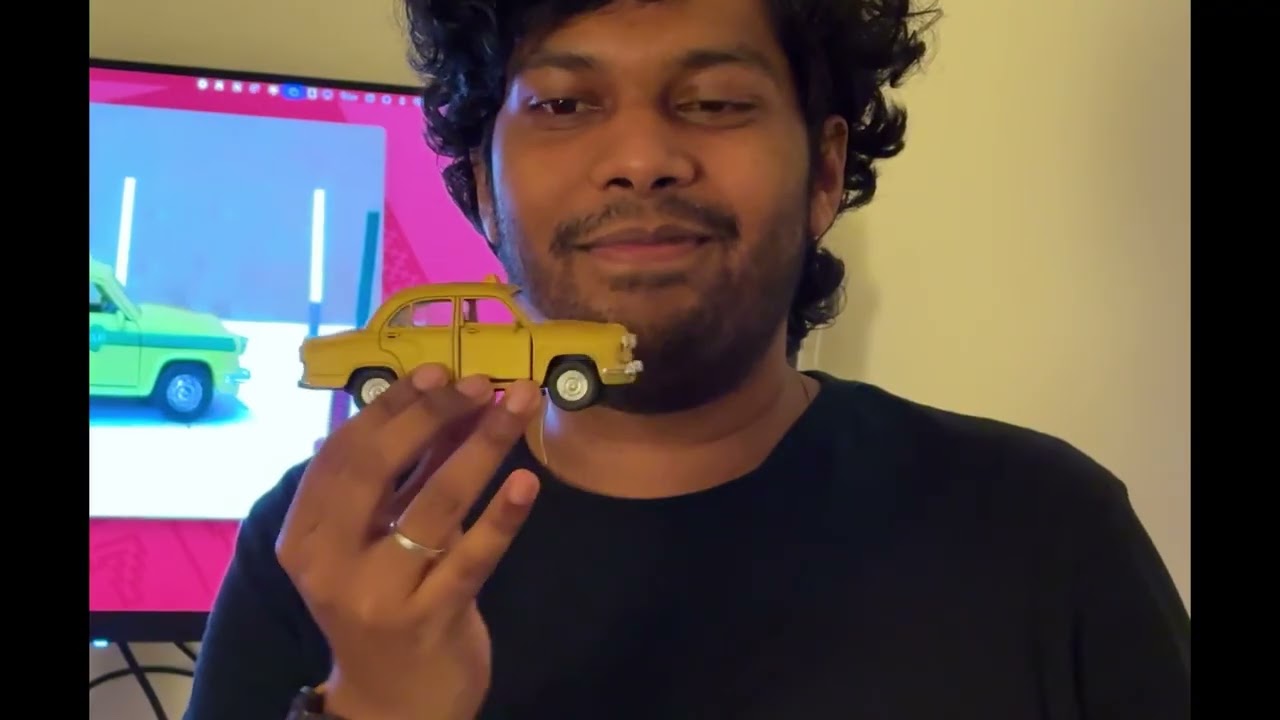Behind the Stop-Motion Tribute to Asian Paints Sharad Shamman
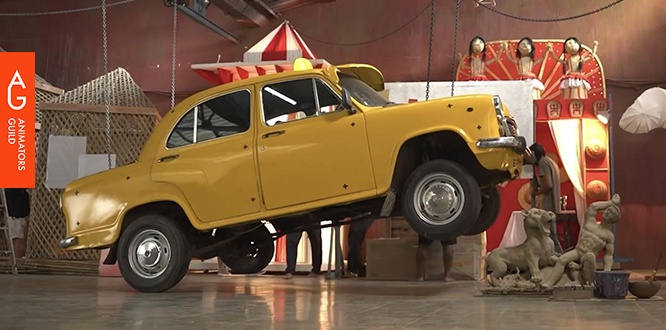
When Asian Paints and Ogilvy set out to celebrate 40 years of Sharad Shamman, they weren’t looking for a simple retrospective. They wanted a film that captured Kolkata’s living, breathing culture of Pujo- its shifting sounds, sights, and spirit across four decades. The answer lay not in linear history but in a moving gallery: forty yellow taxis, each painted to reflect a year of Sharad Shamman’s journey.
To bring this vision to life, they turned to Hungry Films. What followed was an ambitious stop-motion project - a week-long shoot with handcrafted props, robotic rigs, and a beloved mascot, steering the emotional heart of the story.
Behind the scenes of creating the Sharad Shamman fillm
Creative collaborations often start with a simple spark of an idea.For director Vijay Sawant, that came when Ogilvy approached Hungry Films with the initial script.
“The original script was a linear one showing four decades, and we thought it would be more interesting to use stop-motion animation instead.”
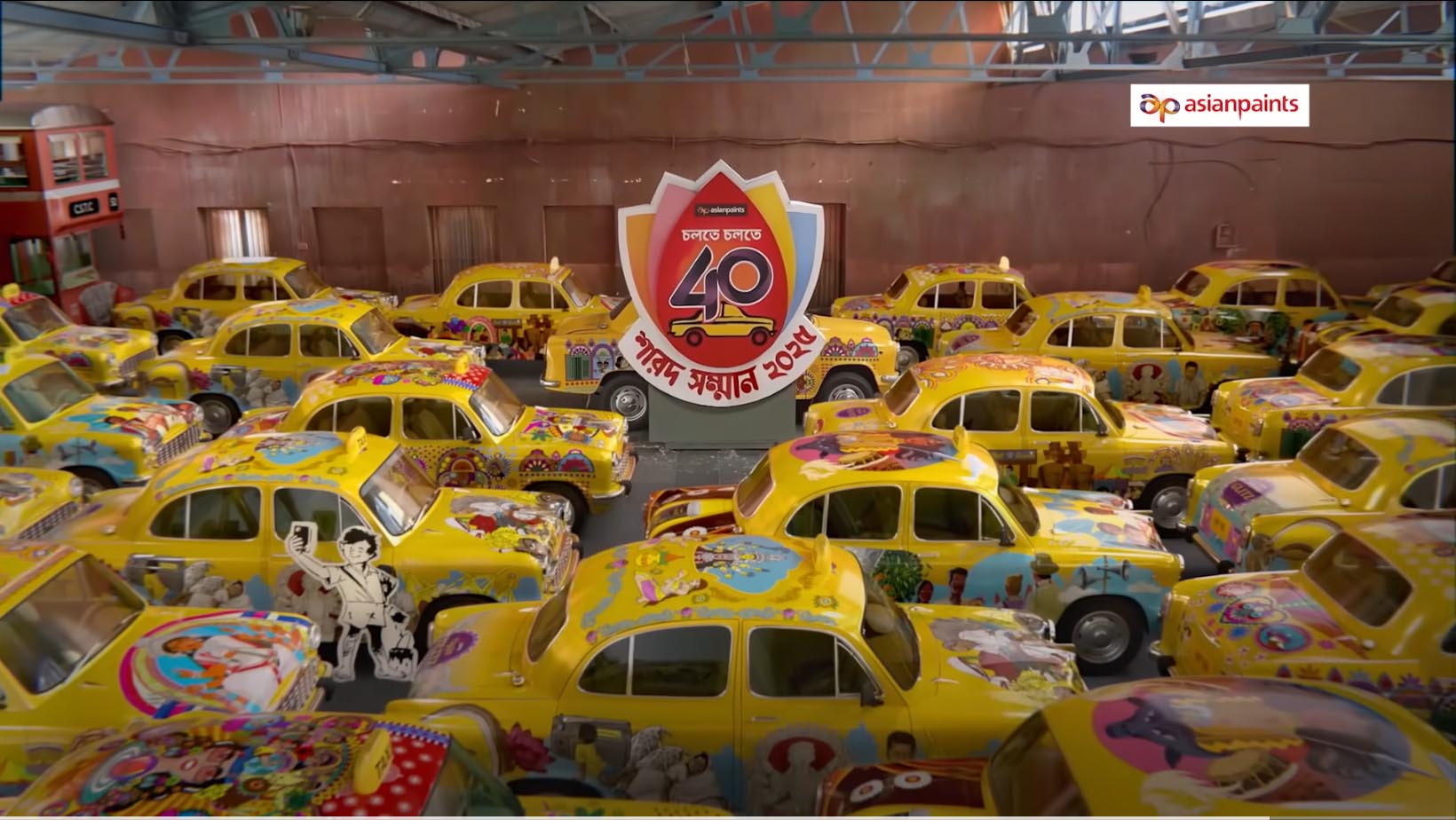
What might have been a straightforward chronological retelling instead became a textured exploration of change, told not through decades but through the evolution of Pujo. That decision shifted the film away from being a commemorative timeline into something more visceral- an artwork in motion.
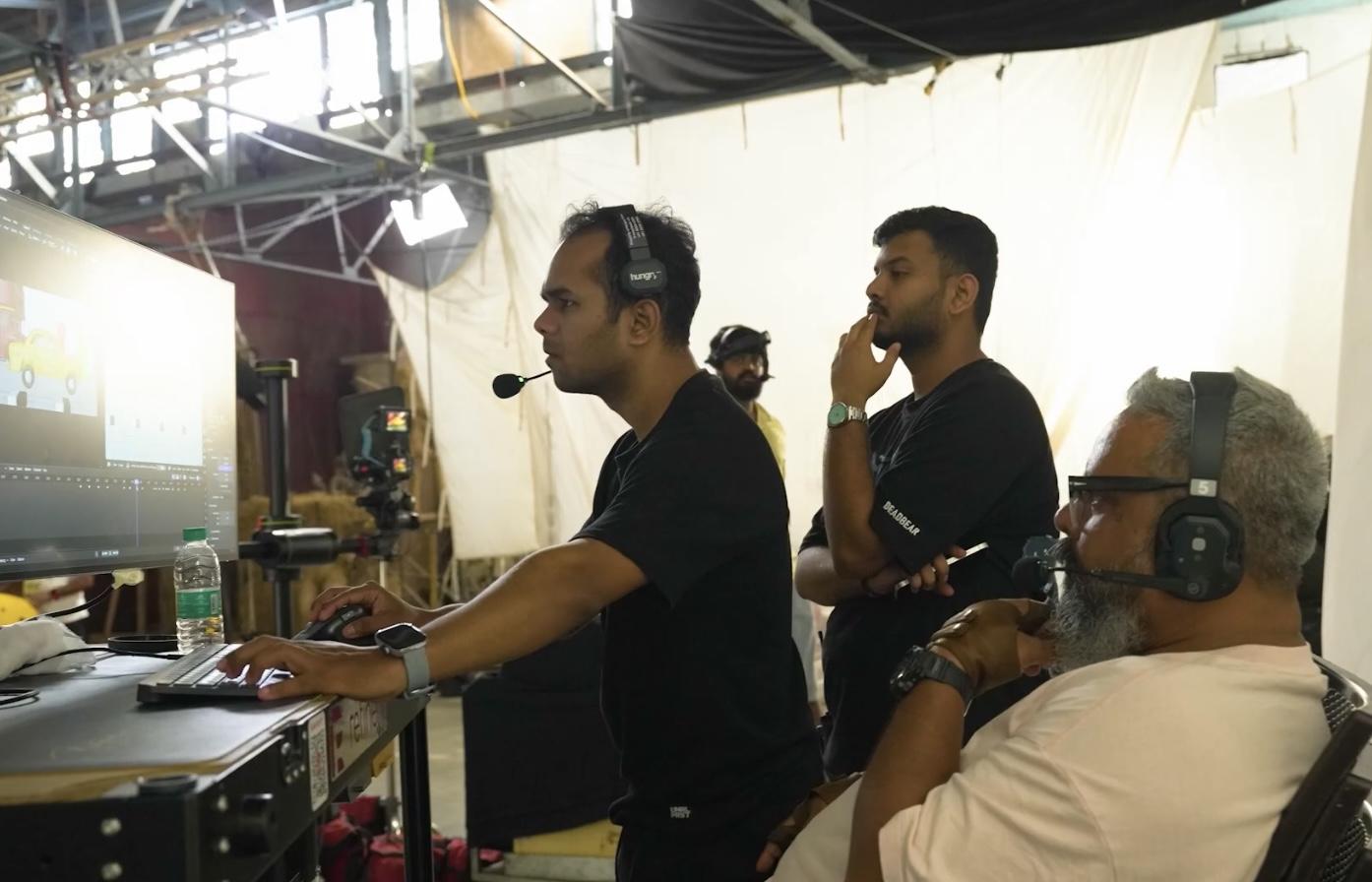
Kolkata’s yellow taxis - so ordinary and yet so iconic, became the chosen medium. Each taxi represented not just a year, but a piece of the city’s evolving cultural identity.
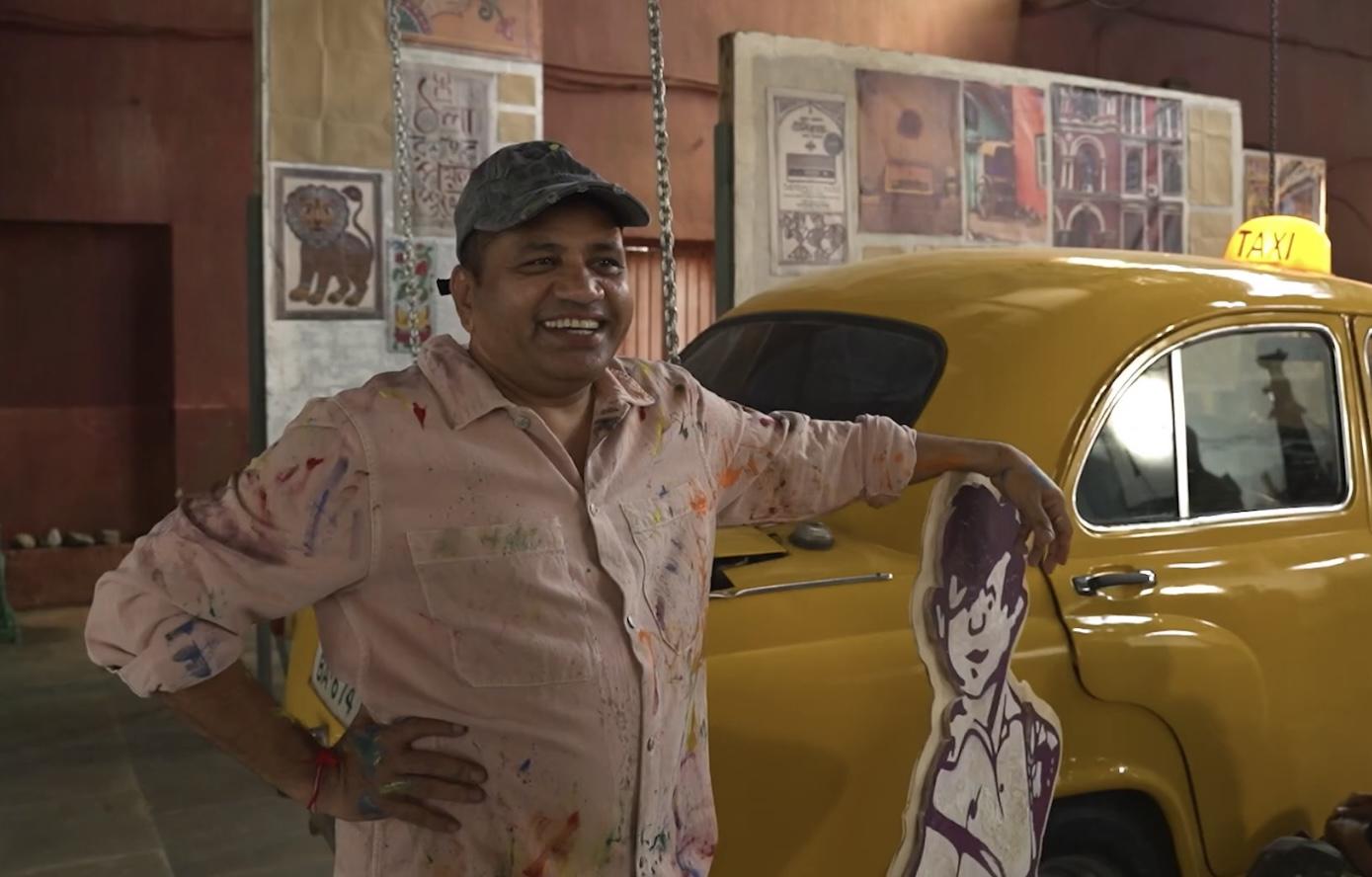
The idea was to illustrate 40 years of Sharad Shamman, not just four decades,” says Vijay. “We felt it would be more impactful to show the changes that have occurred since the award’s inception.”
“Instead of breaking it down into decades, we focused on depicting the progression of time in a grander way.”
The taxis acted as miniature time machines, carrying painted motifs of each era. Together, they became a moving archive of Pujo itself - grounded in tradition yet always in motion, just like the festival they celebrated.
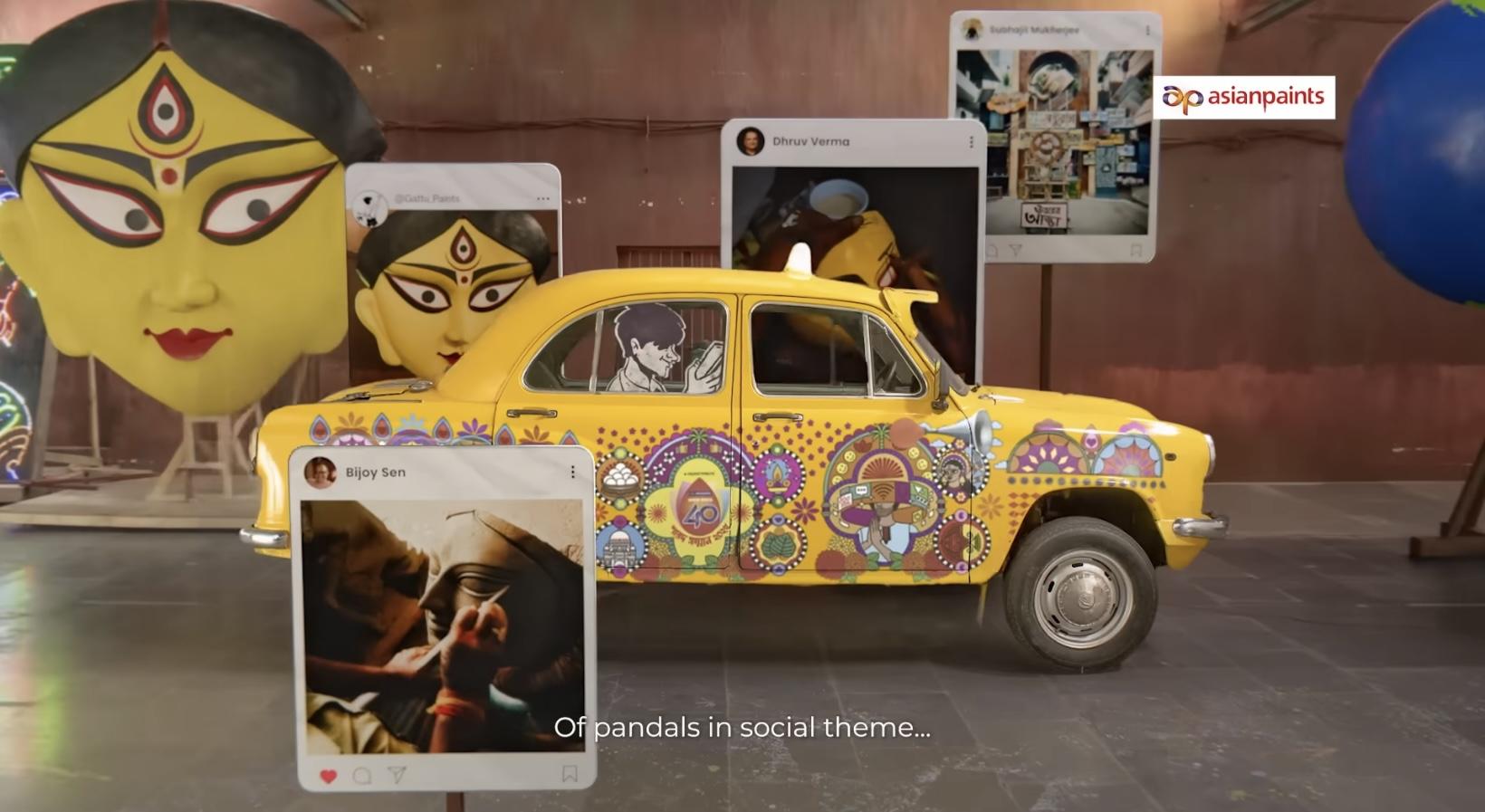
Yet technique alone cannot move an audience. To make the journey resonate emotionally, Hungry Films and Ogilvy chose to bring back Gattu, the beloved Asian Paints mascot.
“The character of Gattu was developed to provide an emotional anchor for the film,” explains Vijay.
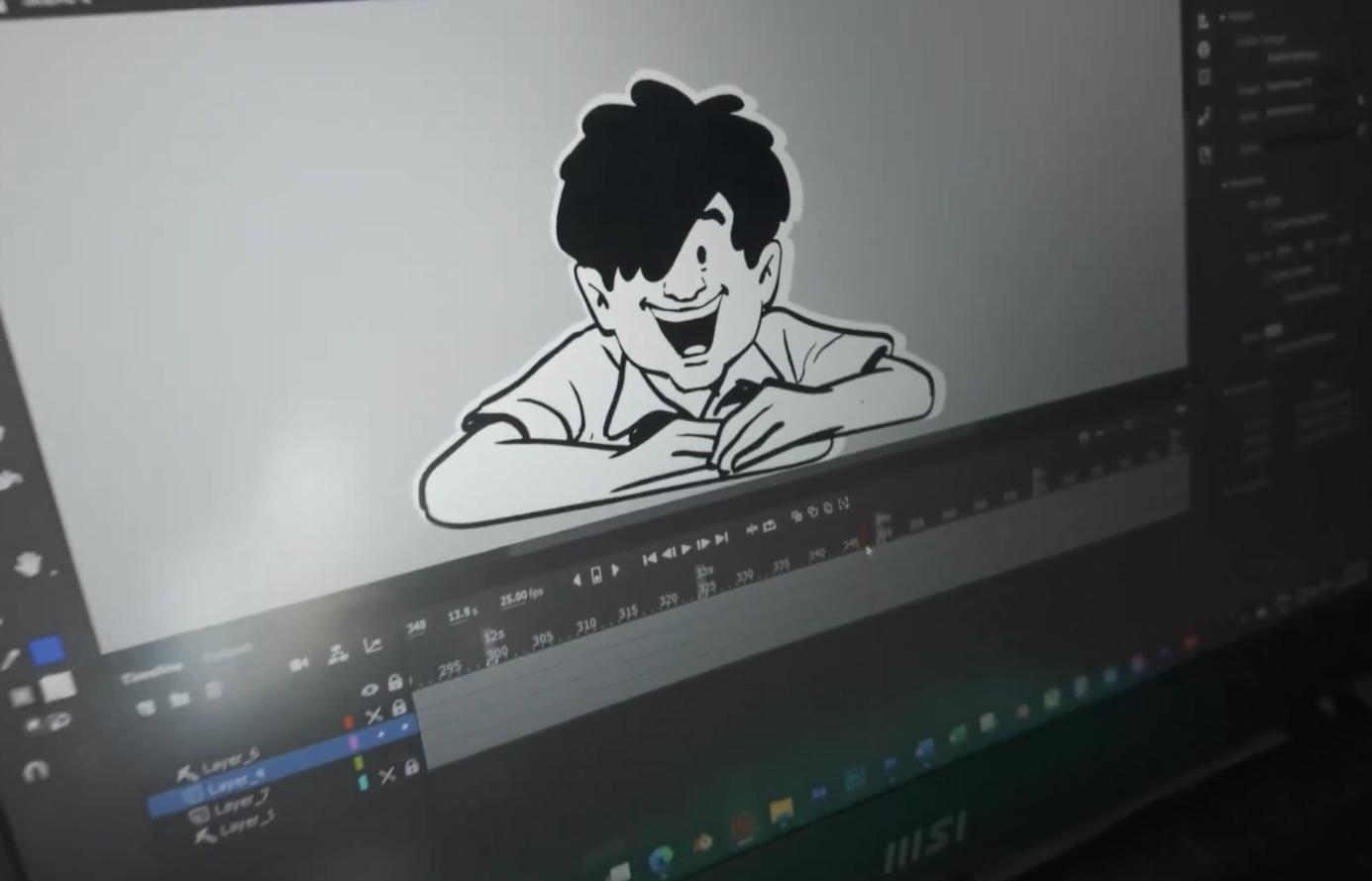
“We believe that a technique alone isn’t enough; it’s the emotion that makes a film better. So, the real idea isn’t the stop-motion itself, but Gattu’s journey.”
Being a very famous and lovable character, Gattu, added a sense of nostalgia, which was crucial to the communication.

For Sujoy Roy (CCO Ogilvy North), Gattu was not just nostalgic but also narratively essential. He explains,”[Gattu] became our guide, hopping across timelines, witnessing how pandals grew grander, how the city’s streets transformed, and how creativity only kept pushing forward.”
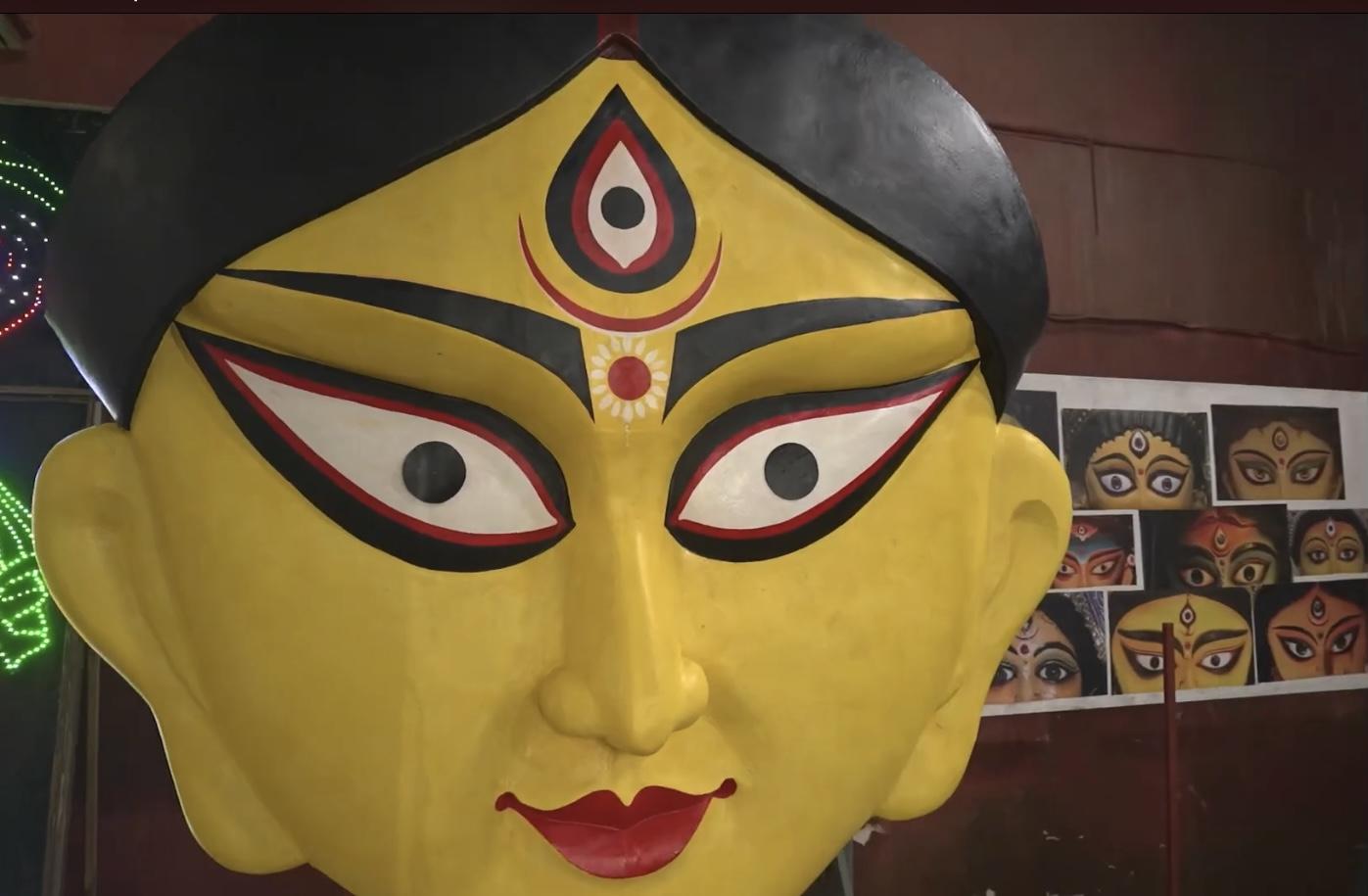
The production itself was as intricate as the story it set out to tell. Originally imagined as a two-day shoot, it stretched into over a week of meticulous stop-motion.


“It was one of the largest stop-motion projects we’ve ever done,” says Vijay. “We had to use special equipment not typically used in traditional stop-motion animation, like robotic gears to hang the cars and allow for micro-precision movements.
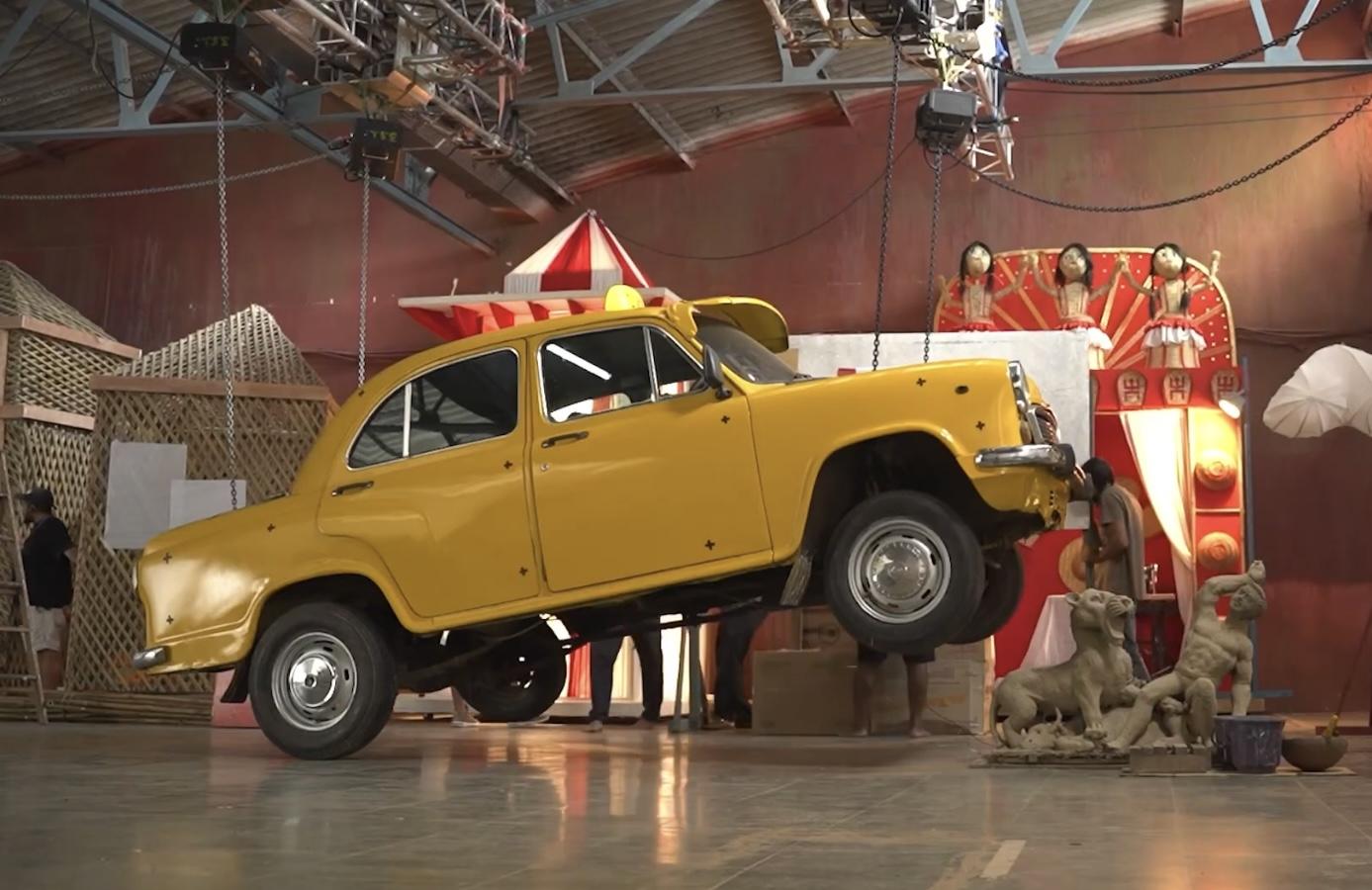
We also created a pre-visualization (previz) as our base and followed it closely. All of the props were on wheels to make them easier to move, and we even created a timeline with vertical lines to manage the parallax of the objects.
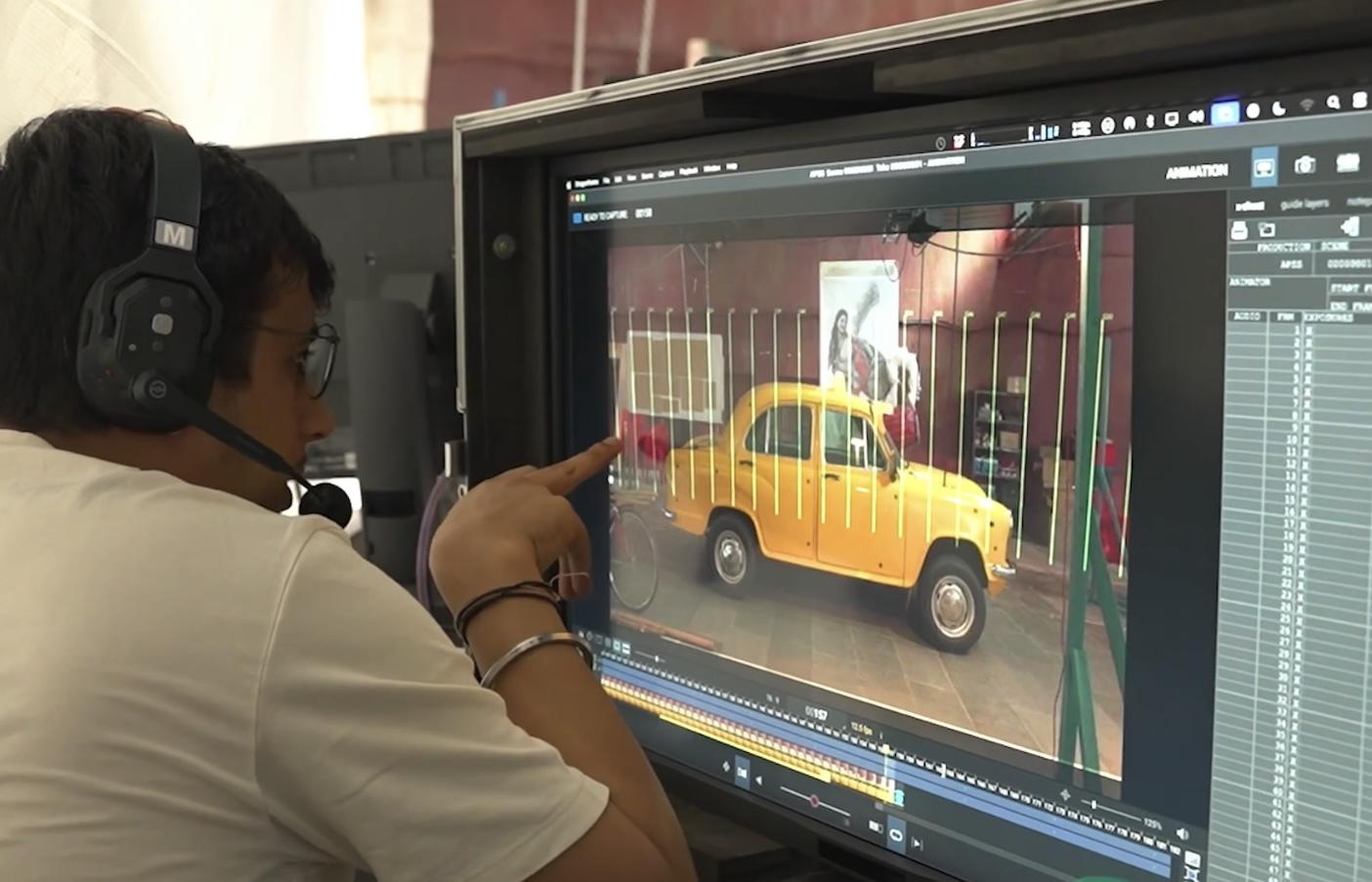
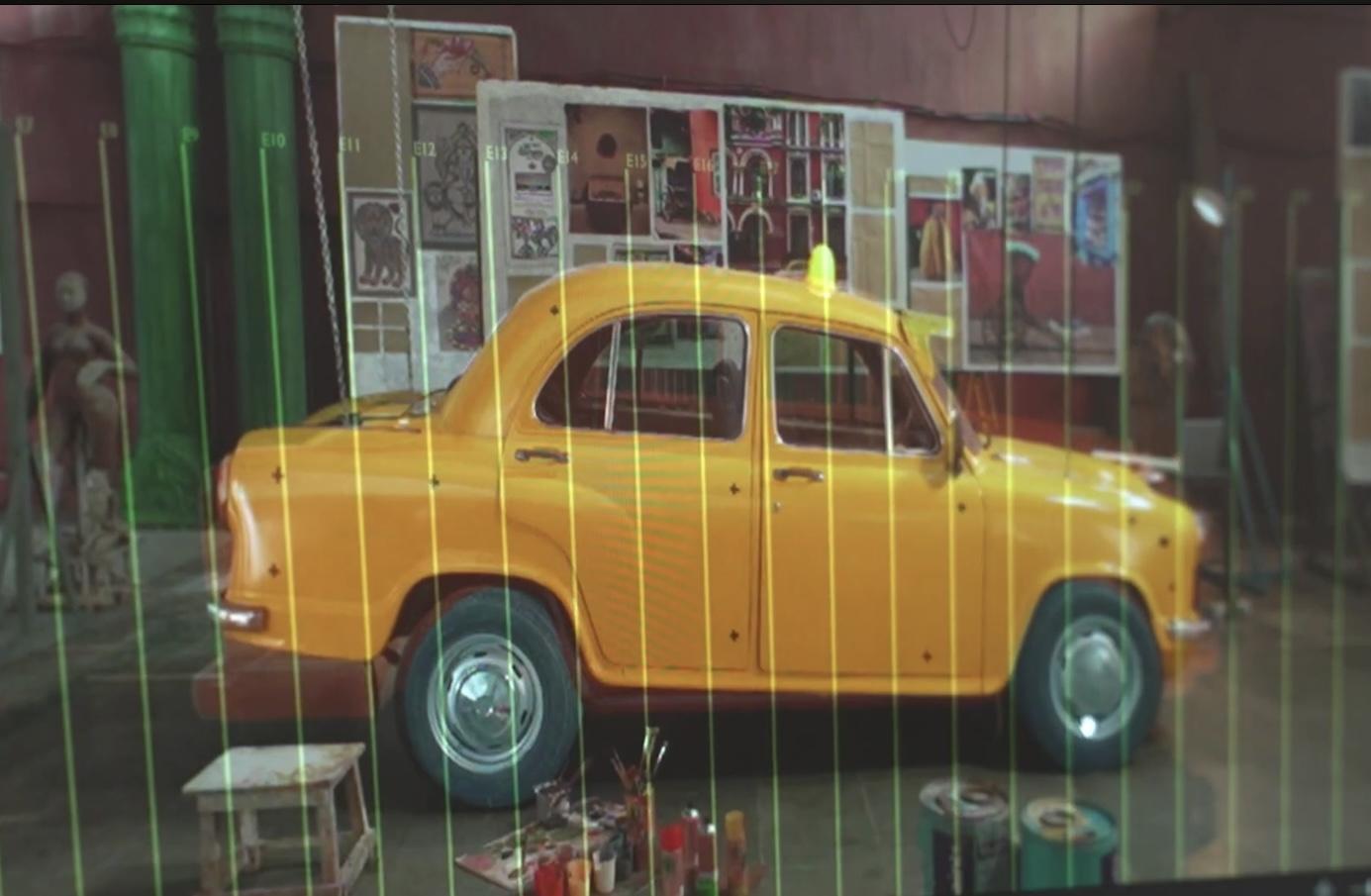
Each frame was constructed with utmost care. Vijay explains how the backgrounds, props, and objects were all handcrafted. While some were sourced from the right sculptors who specialize in traditional Durga Puja art , some items were custom-made to fit the required size.
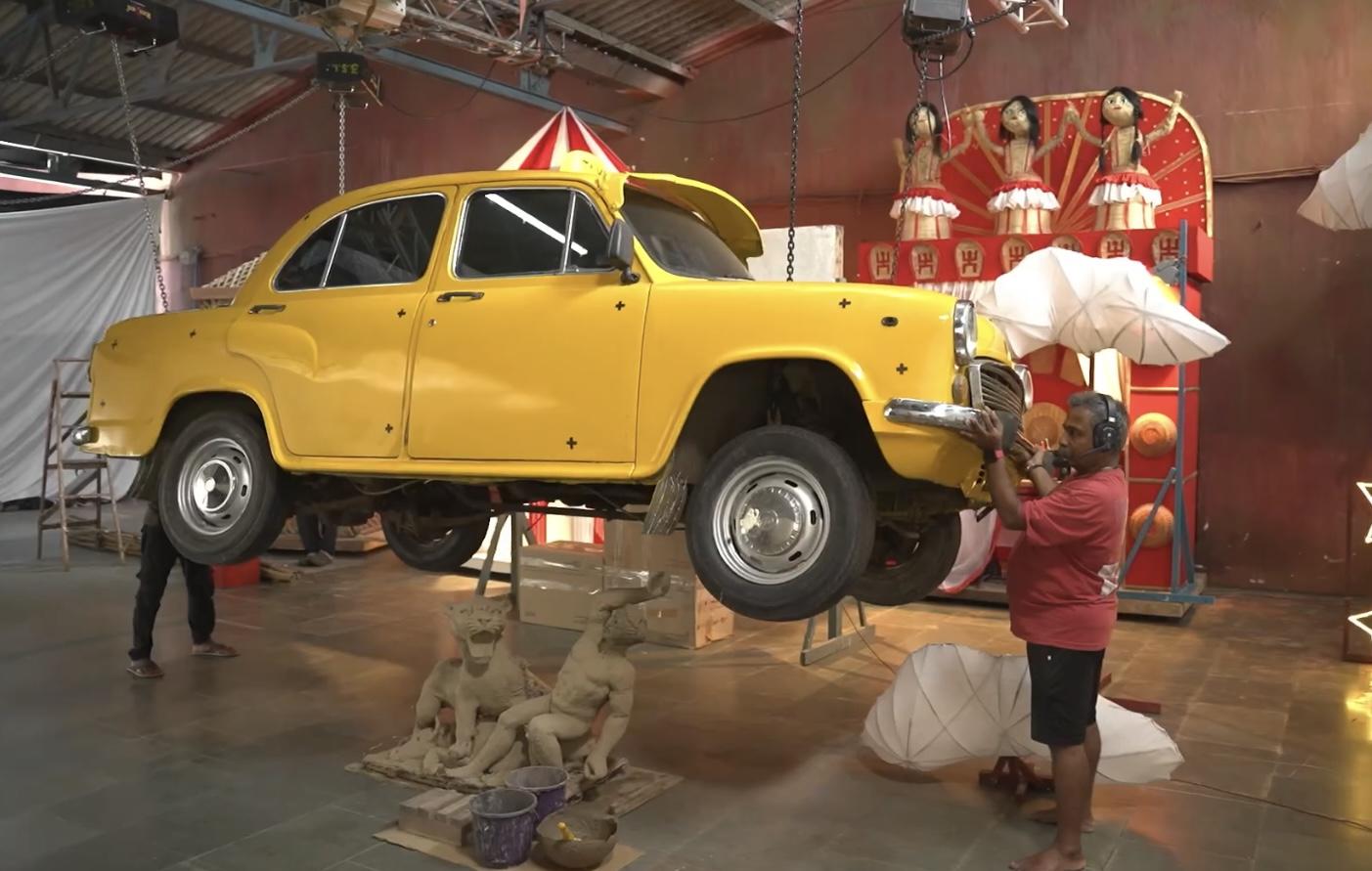
Vijay says,”A few parts, such as the double-decker bus, were created digitally because it was impossible to source a physical prop of that size in the short time we had.”
“The biggest challenges were technical and logistical”
Working on a tight production schedule forced the team to innovate on the fly. Vijay recalls, ”We realized we needed cherry pickers to ensure consistent lighting and a special rig for the car tires for animation.”

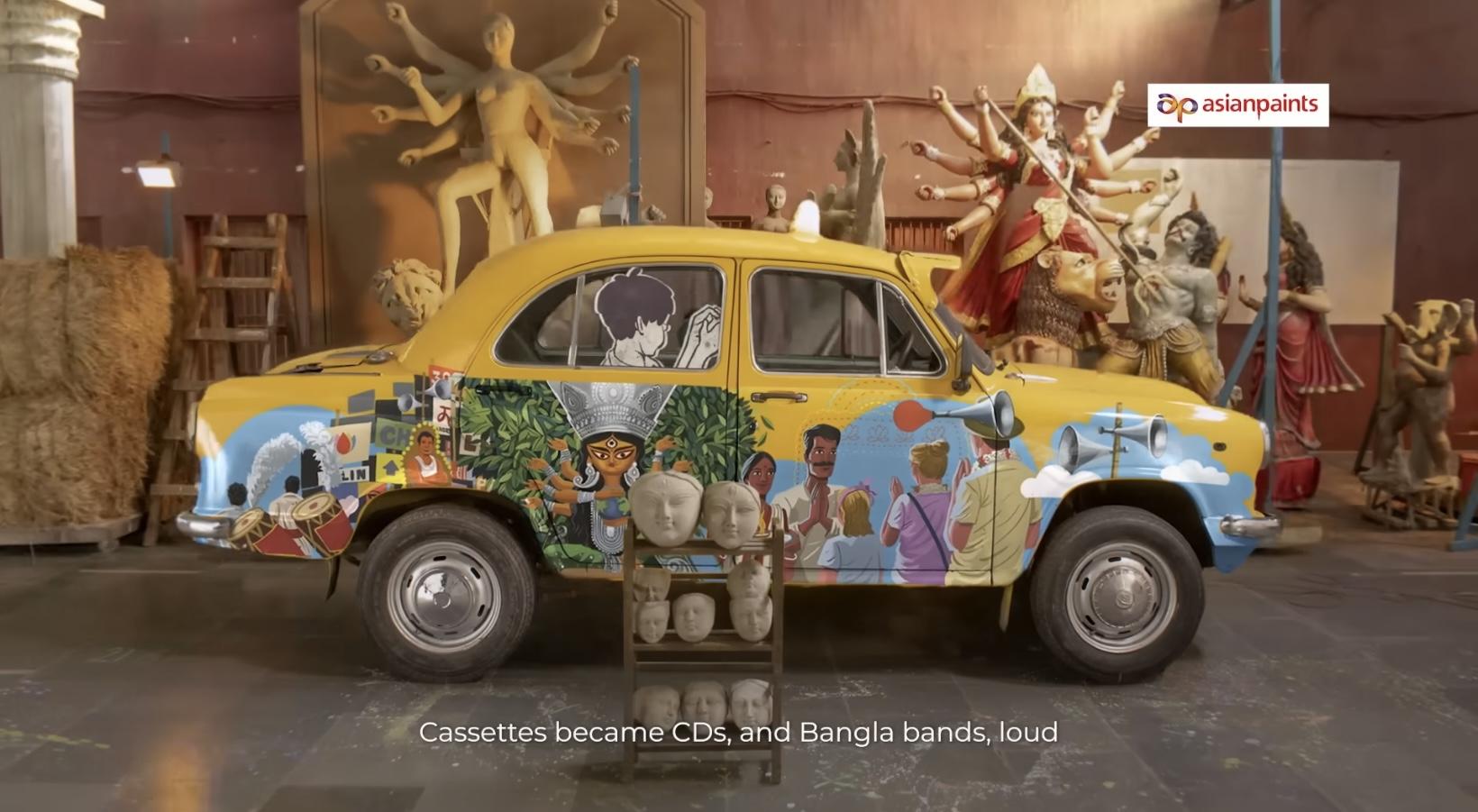
“It was a monstrous task to get everything to work together, and we ended up having to push the shooting schedule.”
But it was this pressure of time and resources that led to inventive solutions.
We used a separate parallax timeline and kept the previz team right beside us to quickly make changes and save time. This made us more productive and helped us achieve even more than we had initially hoped for.”
Collaborating with talent that brought a varied skill set was what helped bring the project to fruition.
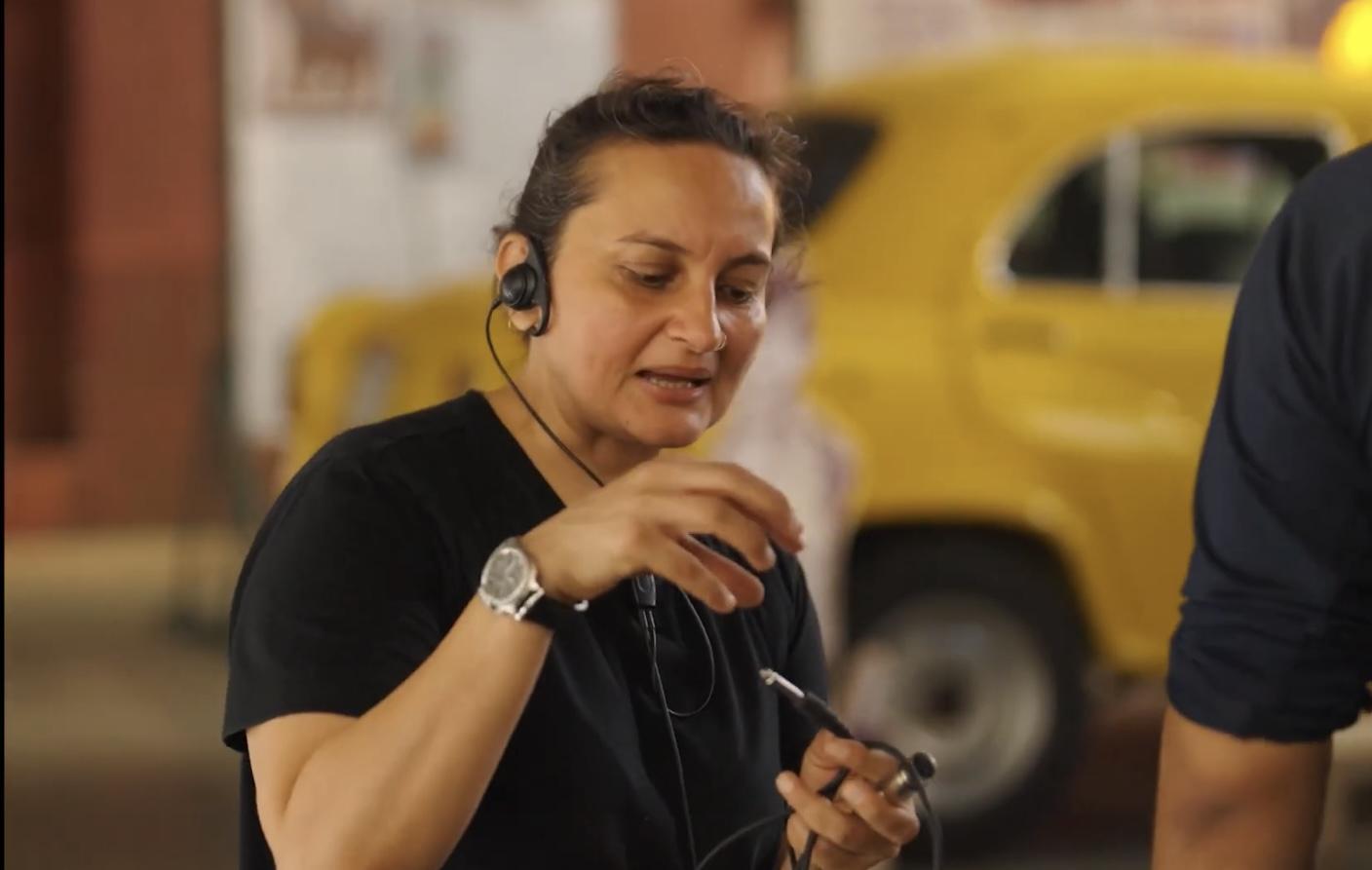
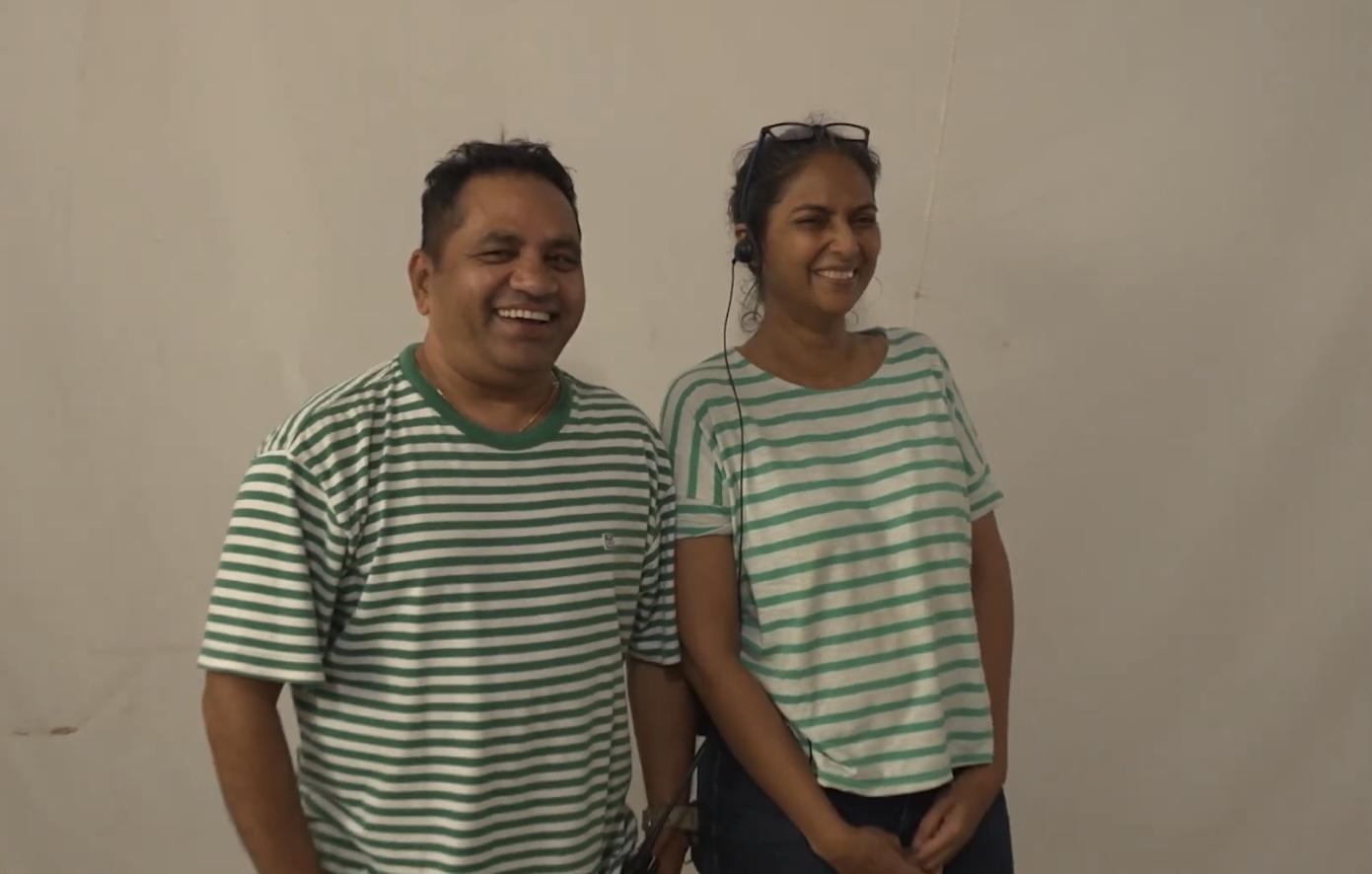
Vijay says,”We collaborated with a lot of different talents, including a stunt team that had never done anything like this before.”
It was a massive team effort, with over 100 people working day and night for five days to pull it off.
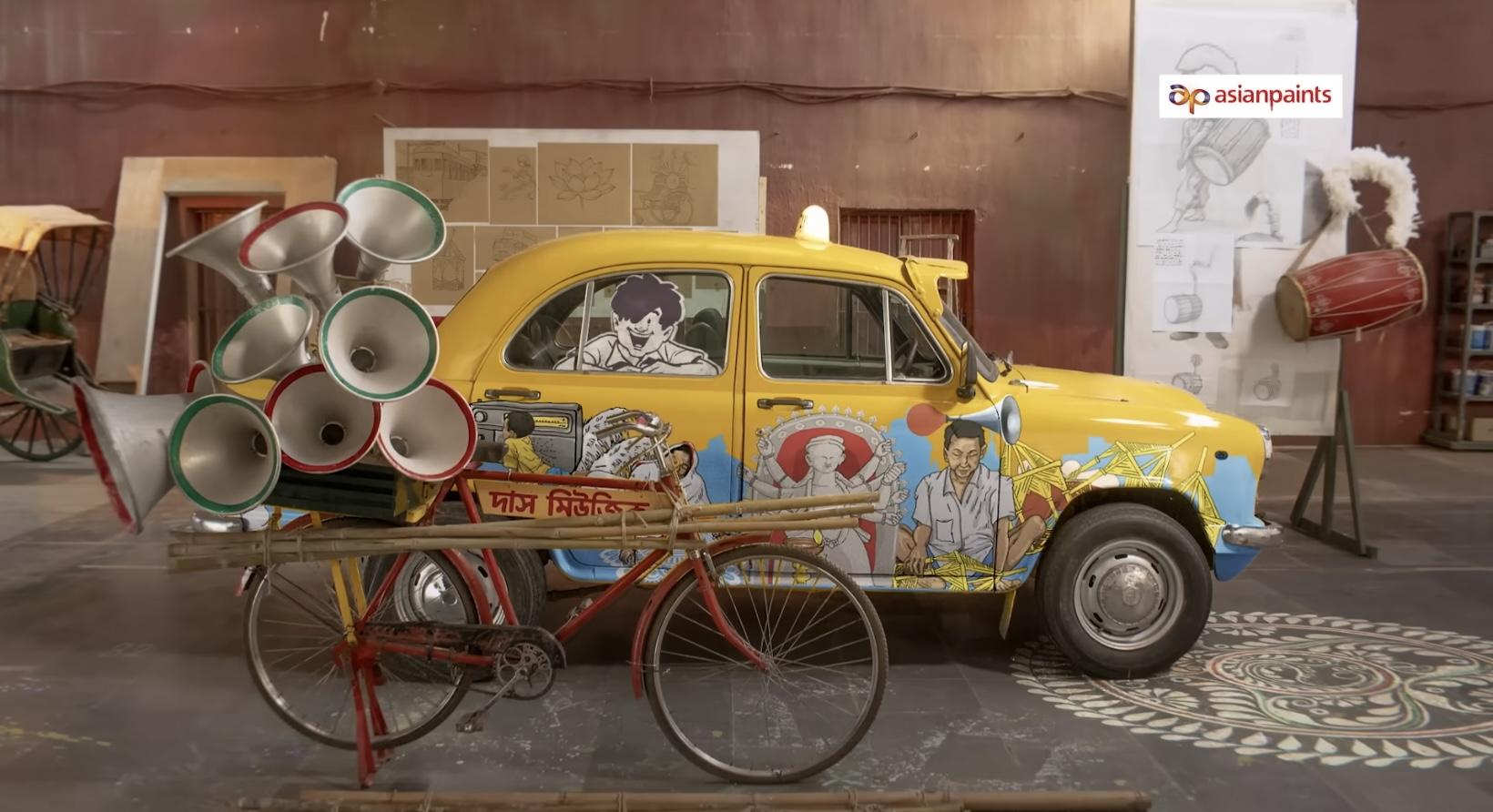
From the deep pulse of the dhak to contemporary textures, the music was what carried the audiences across eras as seamlessly as the taxis did.
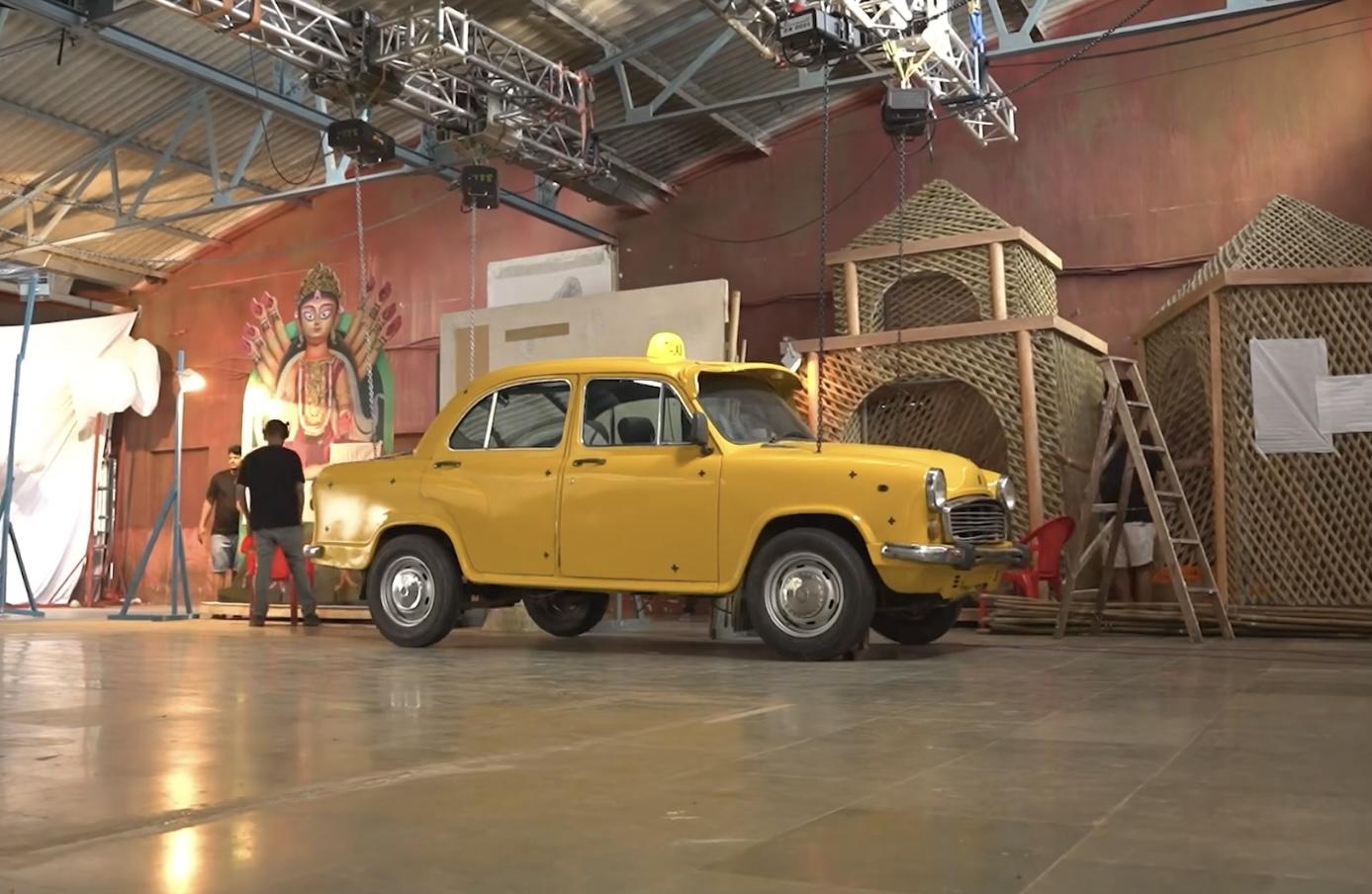
“We worked with a fantastic music director who has a deep understanding of sounds from that region,” Vijay says, “The emotional core of the film comes 50% from the music. The music holds the film together and is a crucial part of the final product.”
While the stop-motion was a massive undertaking, the film wouldn’t be complete without the beautiful soundscape.”
In the end, the project became more than a commemoration - it is an exemplary work in balancing nostalgia, scale, and cultural sensitivity.
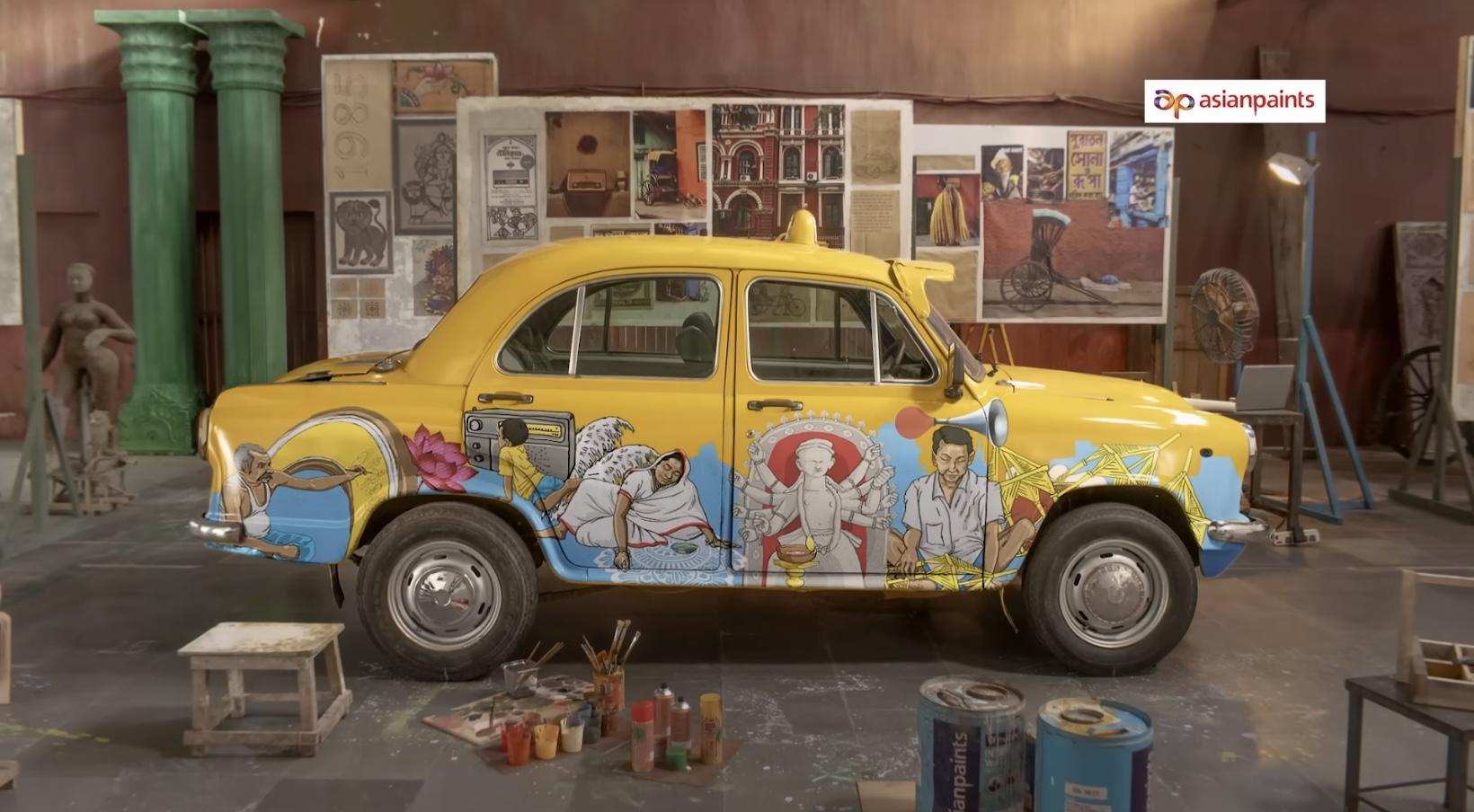
Painted taxis for each decade became our travelling gallery. A tribute not just to Pujo, but to the city that keeps reinventing its art.”
At every stage, the project leaned on the sheer determination of its makers. Sculptors, animators, technicians, musicians, and designers stitched together a story that was as complex as the city it celebrated. The result is a reminder that craft, when placed in service of culture, can transform even the tightest timelines into timeless tributes.
We thank the teams at Hungry Films and Ogilvy for taking the time to walk us through this project, and can’t wait to see what they create next.
You can follow Hungry Films and stay updated with their work on the channels below.

Hungry Films

